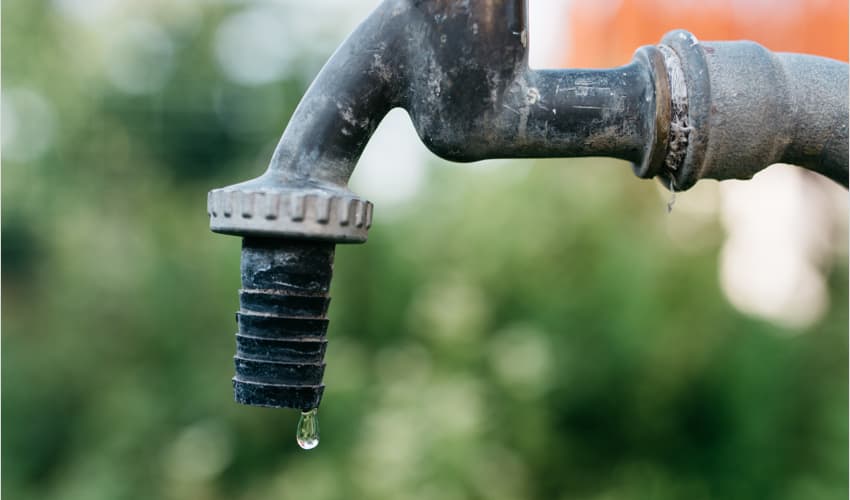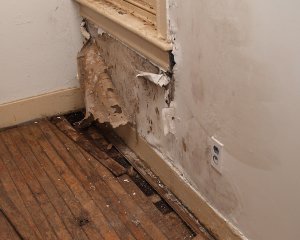Everybody has their unique perception about How to detect water leaks in your home.

Leaks not only cause waste of water however can also trigger unneeded damages to your residence as well as promote unwanted natural development. Water leaks could go unnoticed since most of the pipework in our house is concealed. By looking and also recognizing for day-to-day scenarios that create leakages, you can shield your home from future leakages as well as unnecessary damage. Today, we will look at 6 leak triggers that may be causing your pipes to drip.
Instant temperature adjustments.
Extreme temperature changes in our pipes can trigger them to broaden as well as get suddenly. This development and contraction might create splits in the pipes, particularly if the temperature level are below freezing. If you maintained an eye on how your plumbing functions, it would certainly be best. The existence of the previously stated circumstances often suggests a high risk.
Corroded water supply
As time goes by, your plumbing system ages as well as deterioration such as corrosion might begin gnawing the pipelines. This could be the source of discoloration or warping on your pipes. This requires an examination with your plumber immediately. Take into consideration replacing the pipes because they are at a higher threat of corrosion than the newer models if our plumbing system is old.
Defective Pipe Joints
The factor at which your pipelines link is often the weakest link in the waterline. Pipeline joints can wear away over time, causing water leakages. Regrettably, the majority of pipeline joints are not easily noticeable. If you have noisy pipes that make ticking or banging sounds, specifically when the hot water is turned on, your pipe joints are most likely under a great deal of pressure. It is recommended to have your plumber check your system annually.
Trespassing roots
The majority of water leakages start outside the house rather than inside it. You might observe wet spots or sinkholes in your yard, and also that might mean that tree roots are getting into water lines causing water to leak out.
Poor Water Connectors
At times, a leak can be caused by loose hose pipes as well as pipelines that provide your home appliances. More often than not, shifting is what creates the loosened water Links. You might discover in the case of a washing device, a tube might spring a leakage as a result of trembling throughout the spin cycle. In case of a water links leakage, you might see water running directly from the supply line or puddles around your home appliances.
Clogged Drains
Clogged drains may be irritating and also inconveniencing, however they can occasionally end up causing an overflow leading to break pipelines. Keep removing any kind of products that might decrease your drains pipes that might obstruct them to avoid such aggravations.
All the above are root causes of leakages however not all water leakages result from plumbing leakages; some leaks might originate from roof covering leaks. All leaks should be repaired quickly to avoid water damage.
Leakages not only create waste of water however can likewise trigger unnecessary damage to your home and promote unwanted natural growth. By looking as well as comprehending for daily situations that cause leaks, you can safeguard your residence from future leaks as well as unnecessary damage. Today, we will certainly look at six leak triggers that might be triggering your pipelines to trickle.
At times, a leak can be created by loosened tubes and pipes that provide your appliances. In situation of a water links leakage, you may notice water running straight from the supply line or pools around your home appliances.
How To Check For Water Leak In Your Home
How To Check for Leaks
The average household's leaks can account for nearly 10,000 gallons of water wasted every year and ten percent of homes have leaks that waste 90 gallons or more per day. Common types of leaks found in the home are worn toilet flappers, dripping faucets, and other leaking valves. These types of leaks are often easy to fix, requiring only a few tools and hardware that can pay for themselves in water savings. Fixing easily corrected household water leaks can save homeowners about 10 percent on their water bills.
To check for leaks in your home, you first need to determine whether you're wasting water and then identify the source of the leak. Here are some tips for finding leaks:
Take a look at your water usage during a colder month, such as January or February. If a family of four exceeds 12,000 gallons per month, there are serious leaks.
Check your water meter before and after a two-hour period when no water is being used. If the meter changes at all, you probably have a leak.
Identify toilet leaks by placing a drop of food coloring in the toilet tank. If any color shows up in the bowl after 10 minutes, you have a leak. (Be sure to flush immediately after the experiment to avoid staining the tank.)
Examine faucet gaskets and pipe fittings for any water on the outside of the pipe to check for surface leaks.
Undetected water leaks can happen without the home or business owner even realizing. If you suspect a water leak, but not able to find the source. It is time to contact a professional water leak detection service, The Leak Doctor.
How To Find a Water Leak In Your Home
https://www.leakdoctor.com/blog/How-To-Check-For-Water-Leak-In-Your-Home_AE197.html

I have been very interested in Most Common Causes of Leaky Pipes and I'm hoping you enjoyed reading the entire blog post. Do you know someone else who is in to the subject? Be sure share it. I recognize the value of reading our article about How to detect water leaks in your home.
Secure your plumbing; seek professionals.